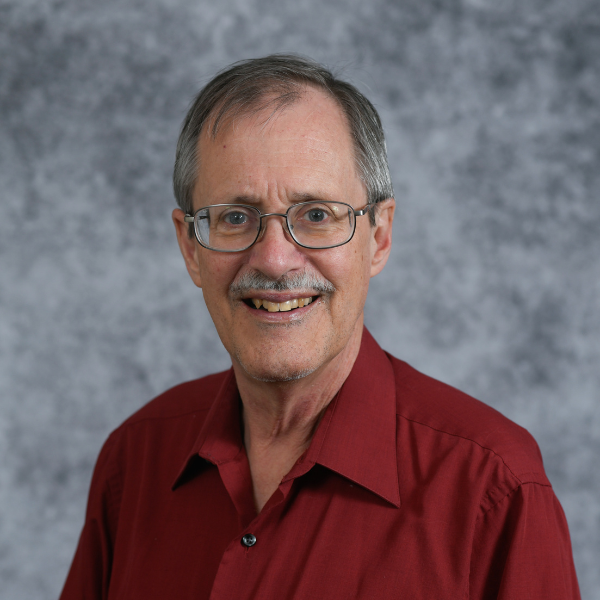Martin Hubbe

Bio
Dr. Martin A. Hubbe, Professor, and Buckman Distinguished Scientist, focuses on chemical additives to the paper machine, including the colloidal chemistry affecting dewatering, the charged nature of cellulosic materials and the development of dry strength.
Dr. Hubbe has an M.S. degree from the Institute of Paper Chemistry and a Ph.D. in colloidal chemistry from Clarkson University. His teaching is primarily related to paper machine wet-end and colloidal chemistry.
Dr. Hubbe is a member of TAPPI, where he has chaired short-courses and earned a Division Award for service. Together with Dr. Lucian Lucia, he is also founding co-editor of the online peer-reviewed journal BioResources. Recent research has been aimed at mechanisms underlying the use of polyampholytes as dry-strength additives, and a reinterpretation of the nanoporosity and charge characteristics of cellulosic fibers, including their interactions with cationic polyelectrolytes.
Area(s) of Expertise
Chemical paper additives, colloidal chemistry affecting dewatering, charged nature of cellulosic materials and dry strength development
Publications
- Chemical and Mechanistic Aspects of Wood Finishing: A Review Encompassing Paints and Clear Coats , BIORESOURCES (2025)
- Colloidal silica and its effects during formation of paper sheets in the presence of nanofibrillated cellulose, cationic starch, and cationic acrylamide copolymer , TAPPI JOURNAL (2025)
- Fractionation by classification as a prerequisite to the purification of old corrugated container material for preparing dissolving grade pulp , CELLULOSE (2025)
- Lignin self-assembly phenomena and valorization strategies for pulping, biorefining, and materials development: Part 2. Factors affecting the specificity of lignin self-assembly for industrial applications , ADVANCES IN COLLOID AND INTERFACE SCIENCE (2025)
- Outdoor Wood Finishing: A Review on Making Wood Resistant to Moisture, Ultraviolet Light, and Degradation , BIORESOURCES (2025)
- Paper strength factors in systems with nanofibrillated cellulose, cationic starch, colloidal silica, cationic acrylamide copolymer, and hydrodynamic shear , TAPPI JOURNAL (2025)
- Renovating Recycled Fibres Using High-Shear Homogenization for Sustainable Packaging and Other Bioproducts , PACKAGING TECHNOLOGY AND SCIENCE (2025)
- The Emerging Role of Biomass in Complementing a Renewable Energy Portfolio: A Review , BIORESOURCES (2025)
- The Ethics of Sustainability , BIORESOURCES (2025)
- The Sometimes Antisocial Nature of Nanofibrillated Cellulose and Some Other Papermaking Fiber Surfaces , BIORESOURCES (2025)